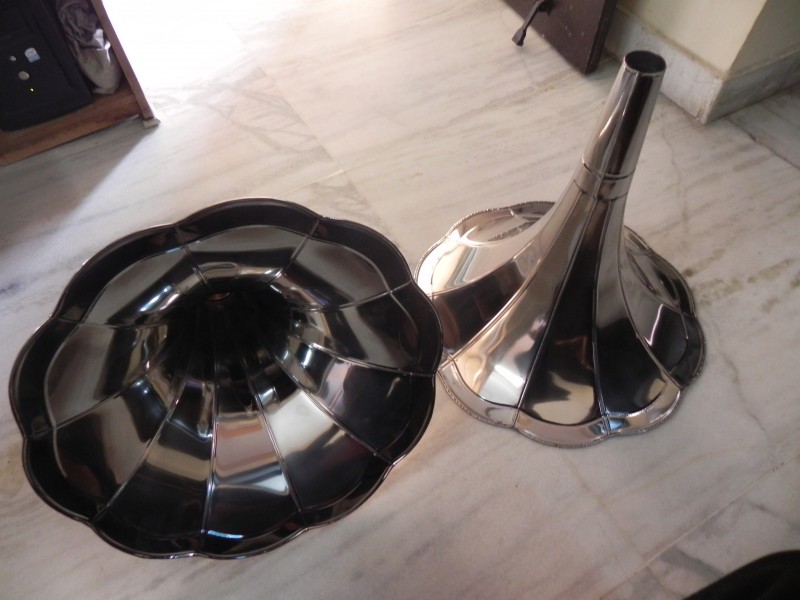Dew-Point from Weather Online:
Dew point (ger: Taupunkt; fr:point de rosée)
or condensation point is the temperature at which a parcel of air must be cooled at constant pressure and humidity mixing ratio until it reaches saturation, and at which condensation of water vapor forms either as dew, cloud droplets, ice crystals, mist or fog.
All air has some water vapor in it. Water vapor is an invisible gas and the water can only be seen when it condenses. The amount of water vapor air can “hold” varies with temperature, with warmer air having the ability to hold more water vapor. If air cools down sufficiently (to the dew point temperature), it can no longer hold the moisture forcing the water vapor to condense.
The dew point may be measured directly by a dew-point hygrometer, or indirectly from wet-and dry-bulb thermometer readings. A wet-bulb thermometer is a regular thermometer with it’s bulb stucking in a wet wig or sock. The dew point is calculated then at constant pressure and humidity mixing ratio. Dew point temperature (or dew point as it is often called) is reported at many weather observing stations. The dewpoint temperature is also used to infer the relative humidity of an air parcel.
Dew is a type of precipitation where water droplets form on the ground, or on objects near the ground in a process called condensation of moisture. Dew forms during calm, clear nights, when the ground surface and other exposed objects, such as tips of grass or leaves, lose heat by radiation to the sky. At the end of such a clear night, air in contact with the ground may be chilled to dew point.
The dew point is the temperature at which the water vapour in the air becomes saturated (the maximum amount of water vapour that the air can hold) and condenses on an available surface to form tiny droplets of dew. The water vapour is derived partly from the air and, for as long as the ground temperature remains above the dew point, partly by evaporation from the soil. Dew is most common in places where there is a continuous vegetation cover. If this cooling brings about temperatures below 0°C, frost rather than dew will form.
Dewdrops are relatively small, normally below 1 mm in diameter. Dewdrops suspended on spiders’ webs are especially good to observe and sometimes even produce an optic phenomenon called dewbow. However, not all water droplets seen on plants are dewdrops. All plants transport water to their leaves and when the surrounding air is very humid, this water cannot evaporate into the the already saturated air. The water is eventually exuded as droplets knowns as guttation drops. Guttation drops often accumulate at the very tip of a leaf and are significantly larger than dewdrops, usually greater then 2 mm in diamter. Guttation drops are often mistaken as dewdrops.





